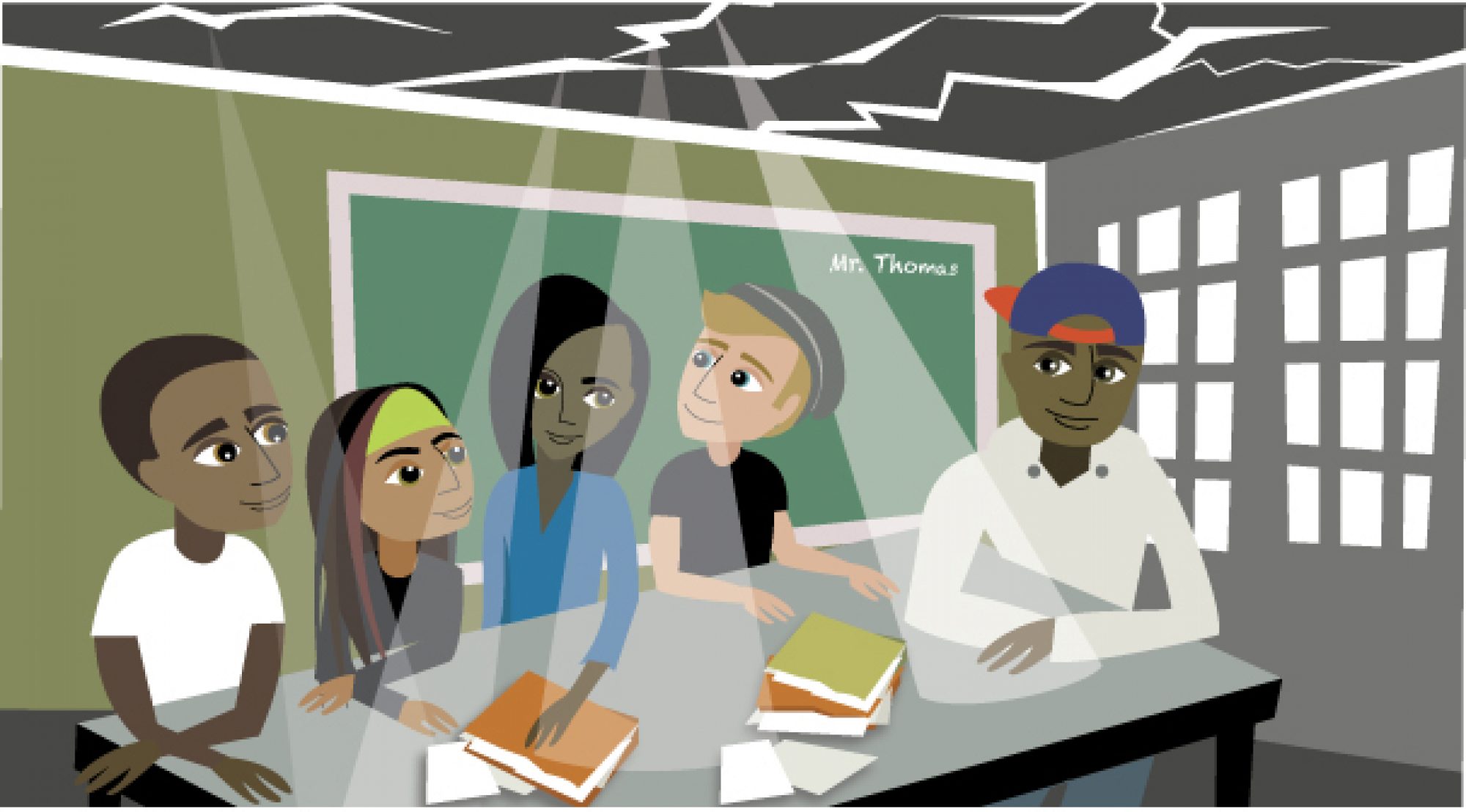Putting the F in Failing Students

My first job after graduating from college was teaching in a new alternative education program. I learned many things during that time, but most of the learning didn’t happen until after I’d moved on to another district.
I use the term learned, as in what I learned, but there is a more precise, more forthright description. What I thought I knew about students and teaching wasn’t quite right. This isn’t an indictment of my teacher preparation in college. It is, however, an indictment of my perceptions that predate my enrollment.
Among my dead-wrong beliefs were:
- Students assigned to alternative ed programs were bad kids.
- Parents of students assigned to alternative ed programs were bad parents.
- Academic failings of alt-ed students were the primary result of poor choices those students inevitably made.
- Academically gifted students didn’t end up in alternative education programs.
Now, we all can laugh, (and cringe), at my new-teacher biases. However, it appears that some of those same wrong-headed assumptions are alive and well in district policies guiding their own alternative-education programs.
Student focused or student blaming?
One observation that surprised me some twenty-one years ago was how much progress students made in our alternative education program during just one semester. By progress, I mean measurable improvement in reading and math. Foundational to my present understanding of learning is that these students already had the capacity to learn and learn well. So what are the implications of this?
Unlike some alt-ed programs, that first school was well designed in many aspects. Every student assigned to our program came with detailed records, not of what they’d done to be faced with expulsion, but of where they were academically. We had student transcripts, recent testing information, (against which we could later measure progress), and existing support services to include contact information of probation officers. This is the good news. Still, there was and is bad news that schools should face in order to improve learning.
Alternative Education is all about great teaching
Inescapable is the conclusion that students who demonstrate significant progress, (relative to the student), during a semester or two of instruction in an alternative program were not receiving something they needed in their general education program. By no means am I shifting culpability of bad choices or behaviors by the student, but then neither am I glossing over shortcomings implicit withing the general education programs from which our students come.
To be clear, mandated smaller class sizes are a true advantage for teachers working in alternative ed. Nevertheless, districts that permit class sizes of thirty or forty students need to take a hard look at even tight budgets and rethink every salary decision that results in unmanageably large classes.
Failing to identify and then remediate gaps in student skills and academic discrepancies is, contrary to practices, inexcusable. I’ve long since lost track of the number of high-school students clearly in need of testing referrals for deficits that had to have been apparent years earlier. Lacking agency, so common among impoverished families, is no excuse for a student to have special education needs ignored.
While it’s not within the scope of this post to wade into social promotion policies, it is necessary to point out what makes for very bad policy. A young student who fails to meet standards, especially reading and math expectations must have additional, targeted support in addition to content area instruction. The number of students I’ve seen assigned to alt-ed programs with records clearly indicating this did not happen is disappointingly high. And with this comes my final observation.
How to build a behavior problem
There are, of course, always exceptions to generalizations. I get that. Still, I’ve yet to meet a student assigned to an alternative program due primarily to behavior issues who received adequate academic remediation for learning shortcomings.
If you happen to be interested in provoking humiliation, frustration, and rage in a student, make sure he or she falls behind their peers in learning. Too often, this is what happens to students assigned to alternative education programs. We practitioners know what to do when they arrive at our alternative school – but so should have those who preceded us.




